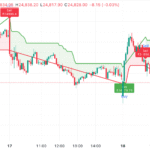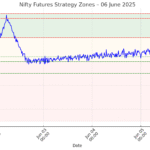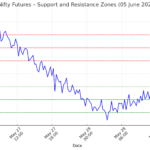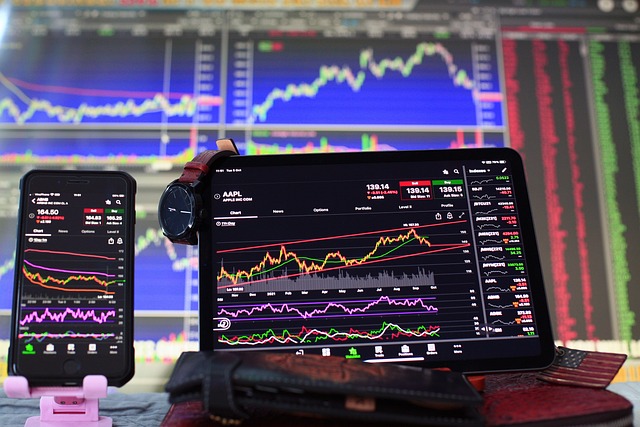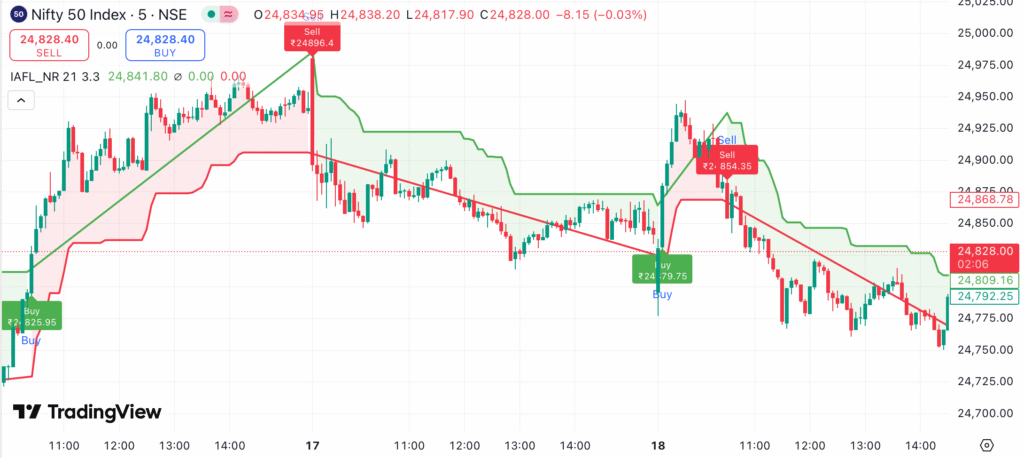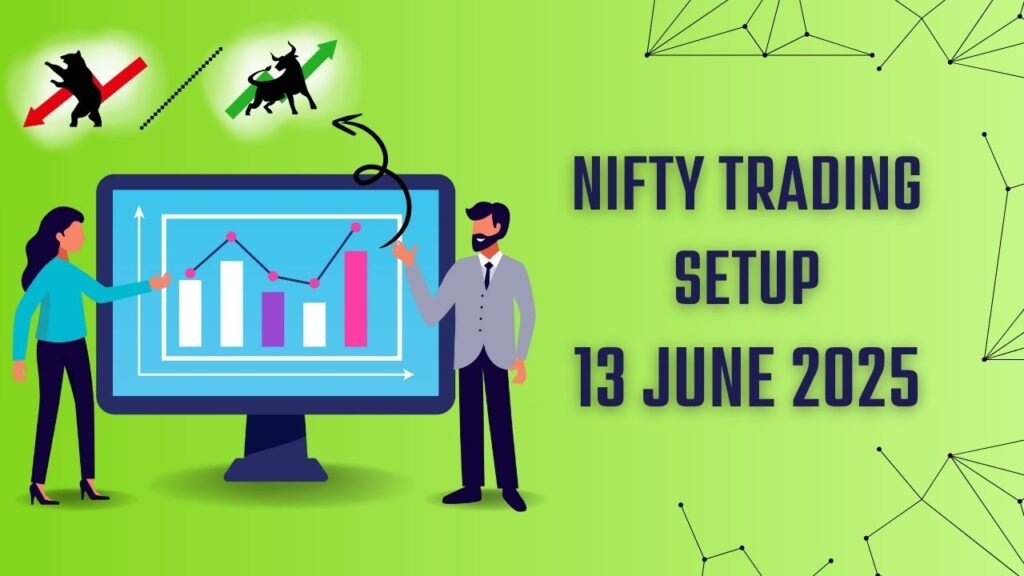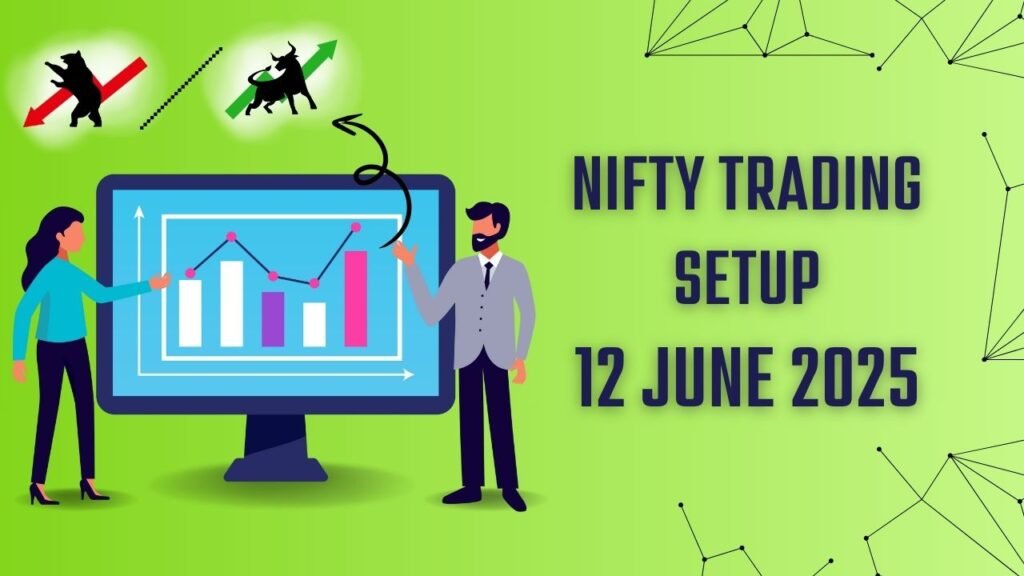The world of financial markets offers a plethora of instruments for investors and traders to achieve their financial goals. Among these, derivatives like futures and options stand out for their versatility and potential for profit. However, they also come with complexities and risks that require a thorough understanding. This comprehensive guide aims to demystify futures and options trading, providing you with the knowledge needed to navigate these instruments confidently.
Table of Contents
- What Are Derivatives?
- Understanding Futures Contracts
- Understanding Options Contracts
- Comparing Futures and Options
- Strategies for Trading Futures and Options
- Risks Associated with Futures and Options
- Getting Started with Futures and Options Trading
- Conclusion
1. What Are Derivatives?
Derivatives are financial instruments whose value is derived from an underlying asset. The underlying asset can be stocks, bonds, commodities, currencies, interest rates, or market indexes. The primary purpose of derivatives is to hedge risks, speculate on price movements, or leverage positions.
Key Types of Derivatives:
- Futures Contracts
- Options Contracts
- Swaps
- Forwards
This guide focuses on futures and options, two of the most widely used derivatives in the financial markets.
2. Understanding Futures Contracts
A futures contract is a standardized legal agreement to buy or sell an asset at a predetermined price at a specified time in the future. These contracts are traded on exchanges and are commonly used for commodities, currencies, and financial instruments.
Key Features of Futures
- Standardization: Contracts are standardized in terms of quantity, quality, and delivery time, facilitating easy trading.
- Leverage: Traders can control large positions with a relatively small amount of capital, known as margin.
- Obligation: Both parties are obligated to fulfill the contract terms at expiration.
- Mark-to-Market: Profits and losses are settled daily, based on market movements.
Example of a Futures Trade
Scenario: An investor believes that the price of crude oil, currently at $70 per barrel, will increase in the next three months.
Action: The investor buys a futures contract for 1,000 barrels of crude oil at $70 per barrel, expiring in three months.
Outcome:
- If the price rises to $80: The investor can sell the contract, making a profit of ($80 – $70) * 1,000 = $10,000.
- If the price falls to $60: The investor incurs a loss of ($70 – $60) * 1,000 = $10,000.
3. Understanding Options Contracts
An options contract gives the holder the right, but not the obligation, to buy or sell an underlying asset at a predetermined price within a specified time frame. For this right, the buyer pays a premium to the seller (writer) of the option.
Types of Options
- Call Option: The right to buy an asset at a specified price (strike price) within a set period.
- Put Option: The right to sell an asset at a specified price within a set period.
Key Features of Options
- Premium: The price paid by the buyer to the seller for the option.
- Strike Price: The predetermined price at which the underlying asset can be bought or sold.
- Expiration Date: The date on which the option expires.
- Intrinsic and Extrinsic Value: Options’ prices consist of intrinsic value (the difference between the underlying asset’s price and the strike price) and extrinsic value (time value and volatility).
Example of an Options Trade
Scenario: An investor believes that the stock of Company XYZ, currently trading at $50, will rise in the next two months.
Action: The investor buys a call option with a strike price of $55, expiring in two months, for a premium of $2 per share. Each option contract typically covers 100 shares.
Outcome:
- If the stock rises to $65: The option is “in the money.” The intrinsic value is ($65 – $55) = $10 per share. The profit is (Intrinsic Value – Premium) * 100 = ($10 – $2) * 100 = $800.
- If the stock remains below $55: The option expires “out of the money,” and the investor loses the premium paid, totaling $200.
4. Comparing Futures and Options
| Feature | Futures | Options |
|---|---|---|
| Obligation | Both parties are obligated at expiration. | Buyer has the right, not the obligation; seller has the obligation if the buyer exercises the option. |
| Upfront Cost | Margin required, usually a fraction of contract value. | Premium paid by the buyer; no margin unless writing options. |
| Risk Profile | Potential for unlimited profits or losses. | Buyer’s loss limited to premium; seller faces higher risk. |
| Flexibility | Less flexible; standardized contracts. | More flexible; various strike prices and expiration dates. |
5. Strategies for Trading Futures and Options
Hedging
Hedging involves taking a position in a futures or options contract to offset potential losses in the underlying asset.
- Example: A wheat farmer anticipates harvesting in six months and fears a price drop. They can sell futures contracts to lock in the current price.
Speculation
Speculators aim to profit from price movements in the underlying asset.
- Example: A trader expects gold prices to rise and buys gold futures contracts to profit from the anticipated increase.
Spreads
Spreads involve taking two positions simultaneously to profit from the price difference between them.
- Types of Spreads:
- Calendar Spread: Involves contracts of the same asset but different expiration dates.
- Vertical Spread (Options): Buying and selling options of the same type (call or put) with different strike prices.
- Example: A trader buys a call option at a lower strike price and sells another at a higher strike price, both with the same expiration date, to profit from moderate price increases.
6. Risks Associated with Futures and Options
- Leverage Risk: While leverage can amplify profits, it can also magnify losses.
- Market Risk: Unfavorable price movements can lead to significant losses.
- Liquidity Risk: Some contracts may not be easily tradable, leading to difficulties in entering or exiting positions.
- Margin Calls (Futures): If the market moves against a trader’s position, they may be required to deposit additional funds.
- Time Decay (Options): The value of options decreases as expiration approaches, especially for out-of-the-money options.
7. Getting Started with Futures and Options Trading
- Educate Yourself: Understand the mechanics, risks, and strategies associated with derivatives.
- Choose a Reputable Broker: Select a broker that offers access to futures and options markets, reliable platforms, and robust customer support.
- Start Small: Begin with smaller positions to manage risk effectively.
- Use Risk Management Tools: Utilize stop-loss orders, position sizing, and diversification.
- Stay Informed: Keep abreast of market news, economic indicators, and other factors that can influence the markets.
- Consider Paper Trading: Practice with virtual trading accounts to hone your strategies without risking real capital.
8. Conclusion
Futures and options are powerful financial instruments that offer opportunities for hedging, speculation, and portfolio diversification. However, their complexities and inherent risks necessitate a thorough understanding and disciplined approach. By educating yourself, employing sound strategies, and practicing diligent risk management, you can navigate the world of futures and options trading with confidence and competence.

